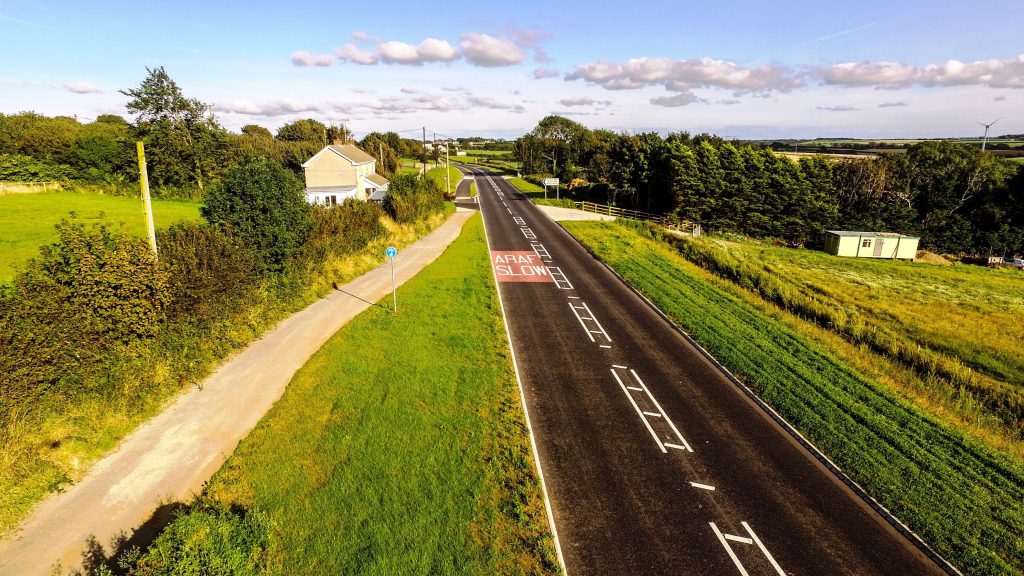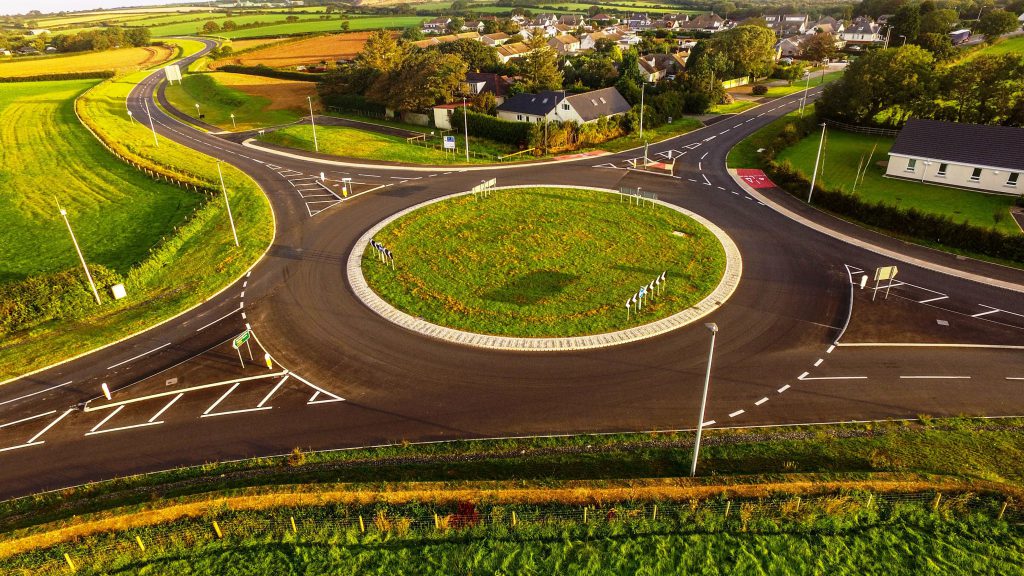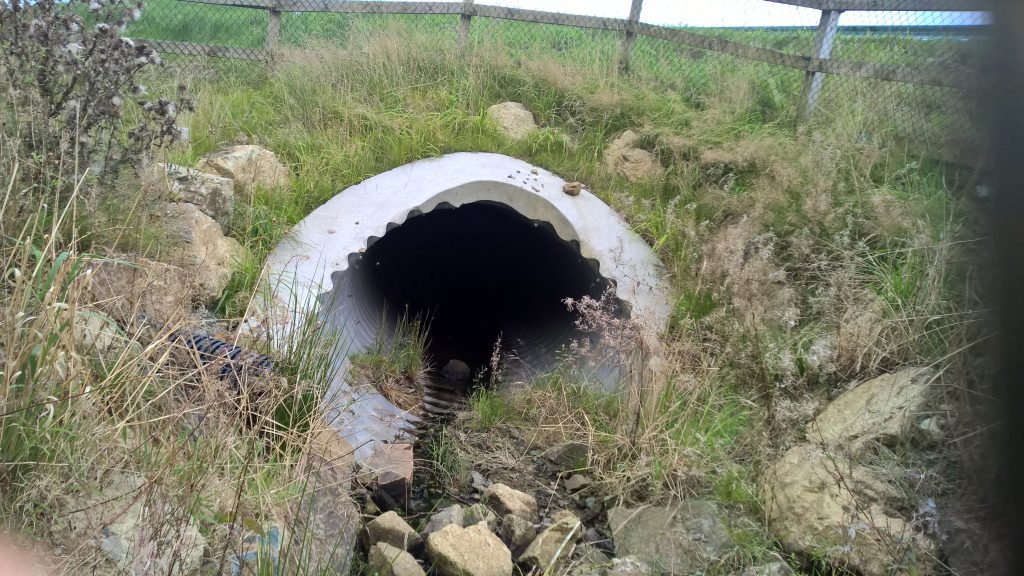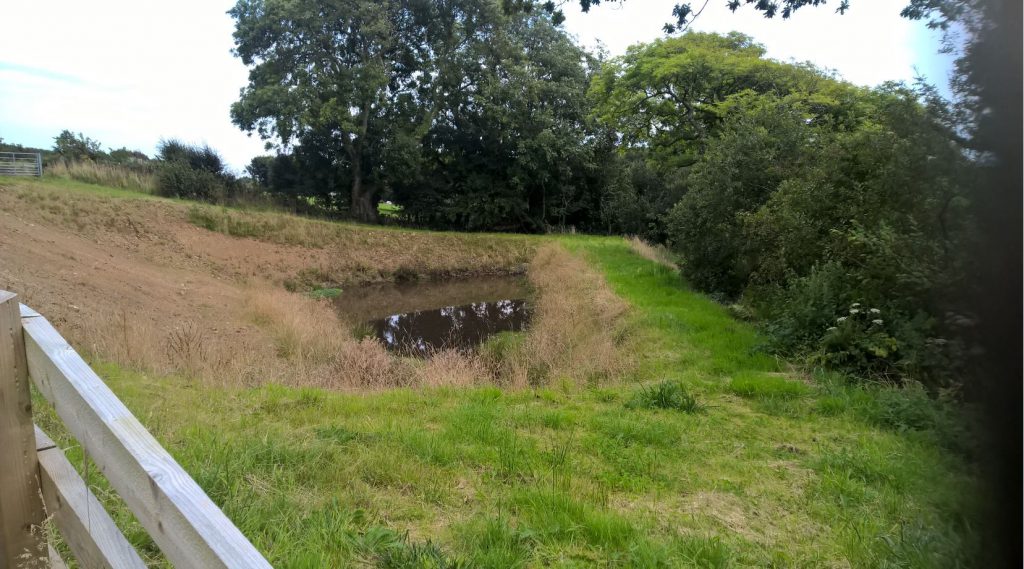Bulford Road improvements recognised with BREEAM rating of Excellent
Overview
As a single lane road, Bulford Road’s condition made it a particularly difficult route for all road users, including pedestrians and cyclists and those who live in the properties fronting onto the road. Working together to the highest of sustainability standards, the teams scored a BREEAM and Sustainability Strategy Rating rating of Excellent.
About
Pembrokeshire County Council is the local governing body that’s situated on the south west coast of Wales.
Background
The Bulford Road Improvement project was conceived and designed to provide significant improvements to a single lane road between the Pembrokeshire villages of Tiers Cross and Johnston. As a single lane road, Bulford Road’s condition made it a particularly difficult route for all road users, including pedestrians and cyclists and those who live in the properties fronting onto the road.
Challenges
Although the old road was narrow with high hedgebanks along the greater part of its length, it was subject to a relatively high proportion of use by heavy goods vehicles. It also served as the major strategic energy sites of Murco Oil Refinery, South Hook LNG site and other development sites located to the west of Milford Haven. The alternative access to these sites is generally via Milford Haven Town Centre and a restricted height bridge.
Sustainability from the start
Pembrokeshire County Council’s Environmental Sustainability Policy was a key driver in the development of the concept design of the project. The objectives of the project were to:
- Improve traffic efficiency, with the aim of reducing greenhouse gas emissions
- Enable bus access along the road and thereby promote sustainable transport
- Utilise local sustainable materials
- Promote biodiversity
- Improve the quality of the local built environment, and
- Minimise the risk of pollution.
Improvements to Bulford Road project were identified as a priority to the Regional Transport Plan for south-west Wales, and as a key mechanism to provide significant contributions to the local economy, community, transport and safety. BREEAM Infrastructure was selected as the tool to both record sustainable aspects of the project and to identify areas for improvement.
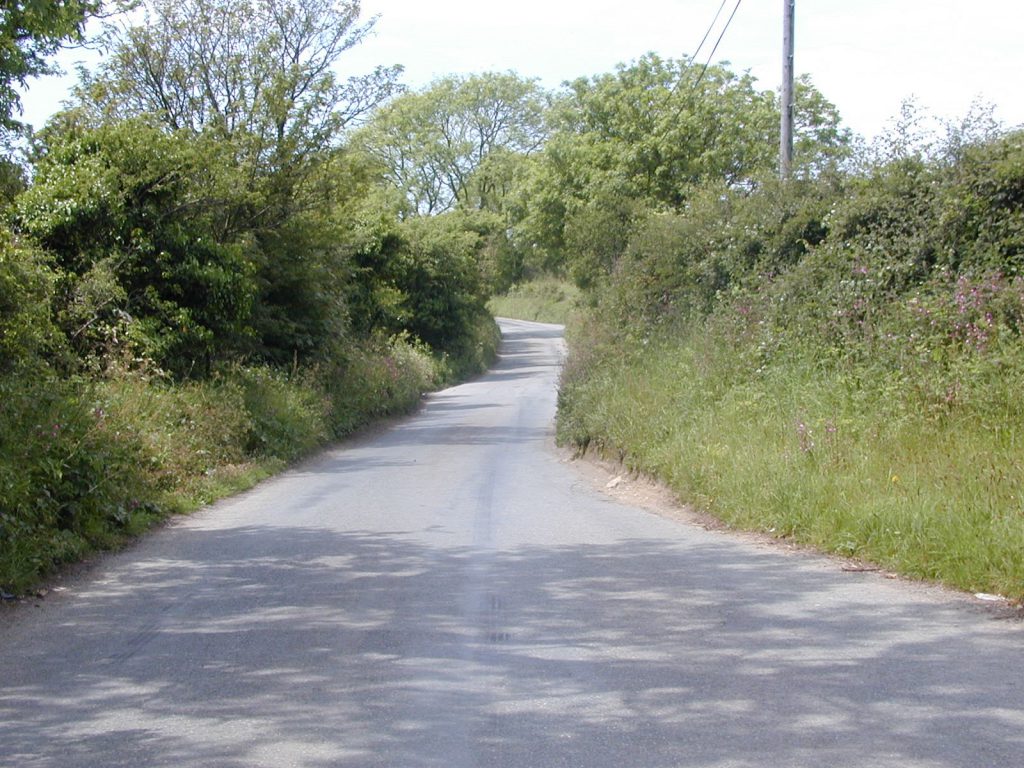
Solutions
Development of the design
Optioning for the project reviewed various strategies to provide the improvements needed to address the issues with the existing road. The chosen option involved the creation of a new offline road whilst retaining the existing road for local access. This option was supported through considerable stakeholder engagement and consultation, as well as reviews of ecological, heritage, noise, and traffic investigations.
Improvements to Bulford Road were identified as being of strategic importance in the context of carrying trunk road traffic to nationally important energy sites and other developments. It also contributes to strategic priorities set out in various national, regional and local level policies.
The project was designed to provide considerable improvements to the existing road link, and consequently to the surrounding area, by alleviating existing constraints within the route. The scheme provides improvements to a 2.7km section of road including:
- A new 7.3m wide carriageway with 3.5m verges
- A shared cycleway and footpath to the northern side of the carriageway. This runs from the junction with the A4076 in the east, to a point where it diverts onto the bypassed section of Bulford Road to the east of Tiers Cross. The new shared use route links with the National Cycle Network (Route 4 Celtic Trail)
- New roundabout junctions constructed at each end of the realigned road
Benefits
Ecological enhancements
Whilst the project has required the construction of a new road, measures have been taken where possible to provide ecological enhancements and improve the overall biodiversity of the project area. Some top examples of this included:
- The 1.7 km of species rich hedgerow lost as a result of the project was replaced with 3.6 km
- New woodland was created
- A sustainable drainage system was implemented with the creation of new ponds
- Three mammal underpasses were created for badgers and otters. (And indications post-construction are that these underpasses are being used)
- The stream culvert under the road was oversized to allow access through it for foraging bats
- Measures were taken during construction to maintain foraging corridors for bats through the creation of temporary hedgebanks using cut vegetation
Summary
Share
Tags
Get in touch
For more information on BES 6001, call us on +443333218811, email us at enquiries@bregroup.com or use the online form.
Contact us
